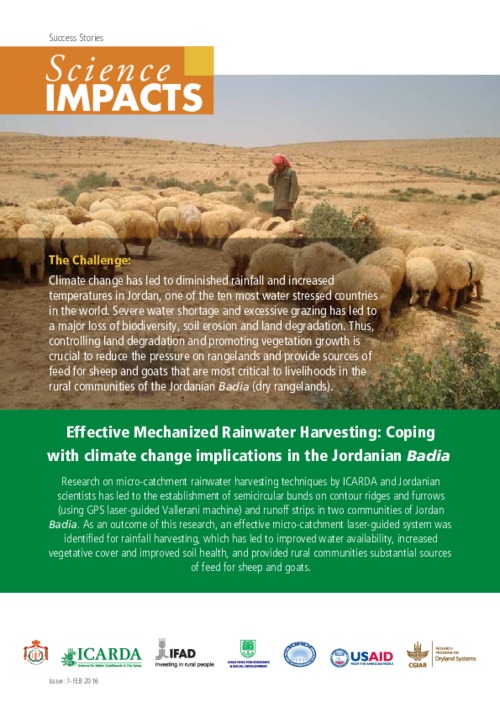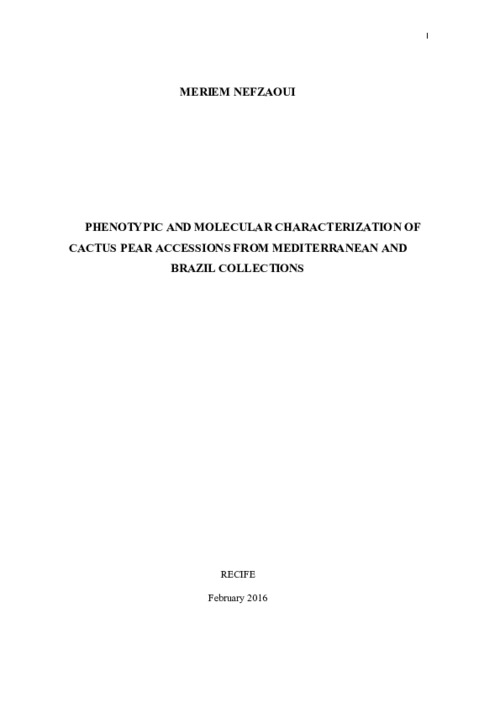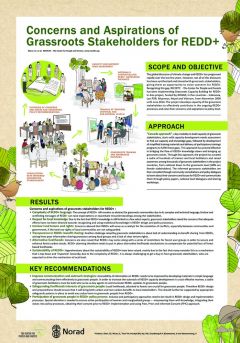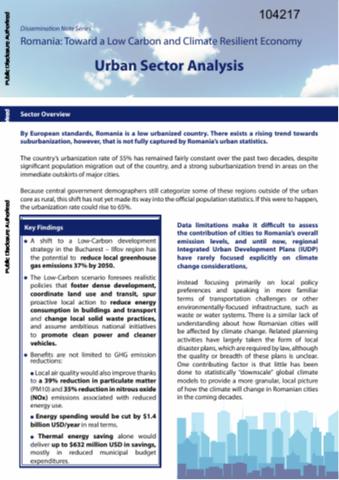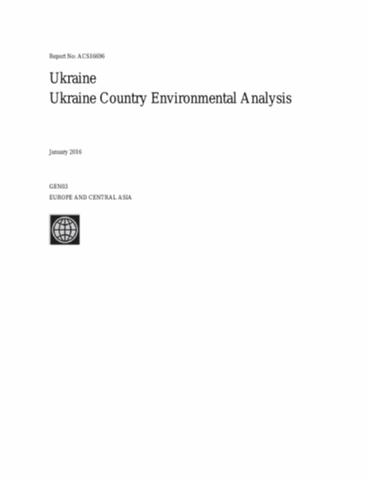Final document on revised classification of industrial sectors under Red, Orange, Green and White categories
The Working Group has developed the criteria of categorization of industrial sectors based on the Pollution Index which is a function of the emissions (air pollutants), effluents (water pollutants), hazardous wastes generated and consumption of resources. For this purpose the references are taken from the the Water (Prevention and Control of Pollution ) Cess (Amendment) Act, 2003, Standards so far prescribed for various pollutants under Environment (Protection) Act , 1986 and Doon Valley Notification, 1989 issued by MoEFCC.


